Play Your Best With These Essential ECD Stringing TipsPlay Your Best With These Essential ECD Stringing Tips
Choose the Right Pocket and Channel for Your Playing Style
When stringing your lacrosse head, one of the most important considerations is choosing the right pocket and channel setup for your playing style and position. The pocket shape and depth significantly impact how the ball releases, as well as ball control and handling. Attackmen, for example, often prefer a deeper pocket for superior ball retention when dodging and ducking defenders. Midfielders, however, may opt for a shallower pocket to enable quicker passes and shots on the run. On defense, a medium pocket tends to work well for checking effectiveness while still allowing solid clear passes.
In addition to pocket depth, the sidewall stringing and shooting strings create the channel that fine-tunes the ball release. A wider channel with a U or V shape gives you more control over the ball and provides a bit of a hold. This allows middies more accuracy and touch on their passes up the field. Meanwhile, attackmen tend to like a straighter, more narrow channel for a faster, more direct shot on cage. The angle and placement of shooting strings also affects the ball’s exit speed and angle. Test out different pocket and channel shapes during stringing to find the ideal setup for your position and playing style.
Factors like your stick specs, head width, mesh pattern, and sidewall materials also impact the optimal pocket and channel for your game. Consulting lacrosse specialists at retailers like East Coast Dyes can help you determine the best stringing configuration for your needs. With the right pocket and channel tuned to your style of play, you’ll gain consistency catching, throwing, and shooting for lacrosse excellence. Dial in the ideal setup through careful stringing experimentation.
Get the Proper Stringing Materials – Hero Mesh, Shooting Strings, Sidewalls
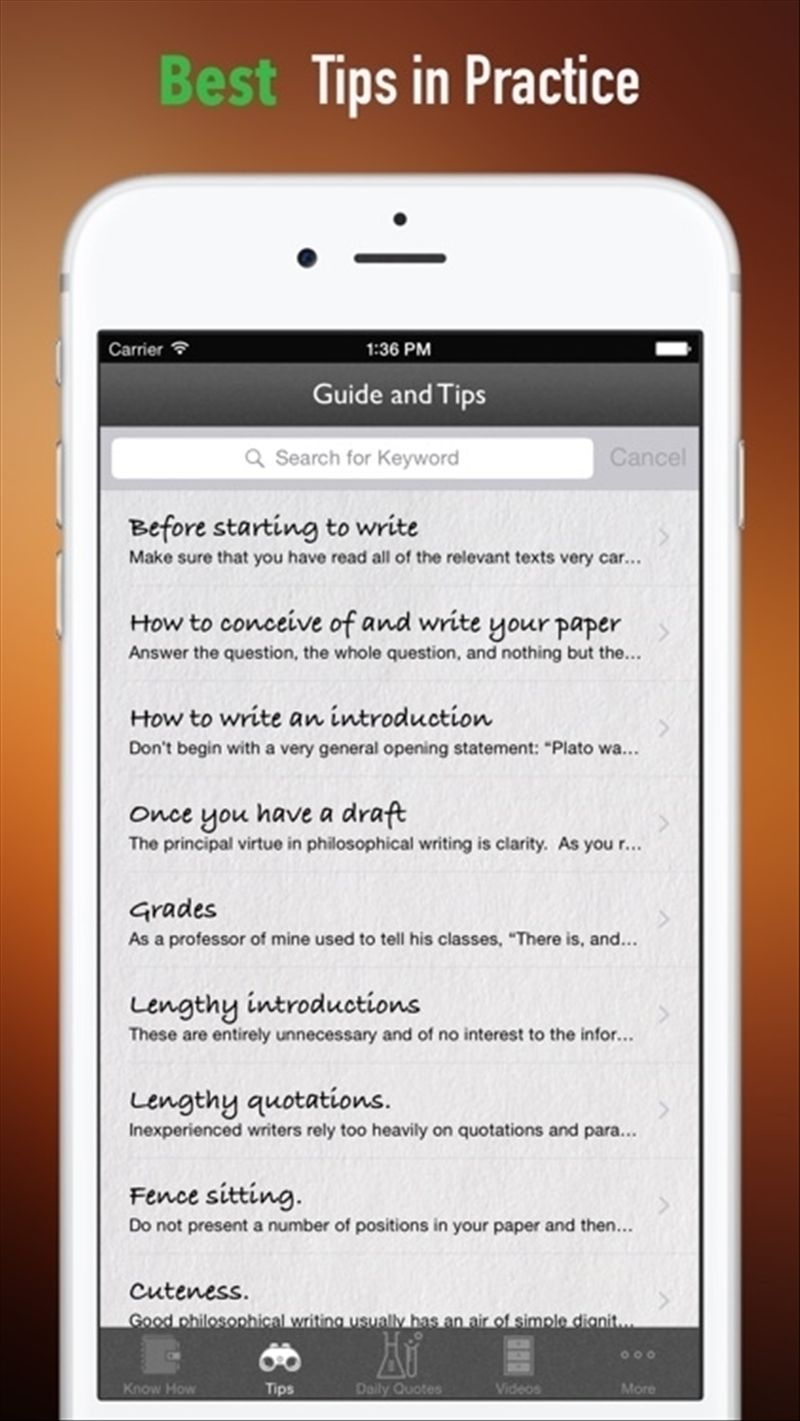
When undertaking a lacrosse stringing project, it’s essential to use high-quality stringing materials that match your playing style and head specs. Top players trust East Coast Dyes Hero Mesh for consistent pockets with the perfect combination of hold, release, and durability. Hero Mesh comes in a range of diamond sizes, from a 10 diamond soft mesh for superior ball control to a 3 diamond stiff option for insane whip on shots.
ECD also offers pro-quality shooting strings like Power Shooter, which increases ball speed and accuracy. For customizable shooters, you can choose materials like polyethylene wax-coated laces for ghosting ability, nylon for a blend of durability and release, or rubber bands for insane velocity. Don’t forget sidewalls – they impact pocket shape, hold, and channel width. Popular options include 22-gauge nylon string, leather lace, and stretch mesh tape. Consider factors like thickness, stiffness, and materials like nylon vs. polyester.
When buying stringing supplies, consult with experts at retailers like ECD to ensure you get equipment tailored to your preferred pocket style, stiffness, and release. Bring your stick specs and describe how you want the ball to come out. They can then recommend the ideal mesh, shooting strings, and sidewalls to match your needs. Investing in quality materials guarantees consistent stringing results so you can focus on developing your game.
In addition to buying separate mesh, shooters, and sidewalls, ECD’s pre-assembled Hero Kits provide all the essentials in one convenient package. Each kit matches your stick specs and contains an ECM mesh piece, premier nylon shooting strings, 22 gauge nylon sidewalls, a wooden restringer, and an ECD sticker. With the right high-performance materials, you’ll craft a pocket dialed in for your ultimate lacrosse success.
Learn Proper Stringing Techniques for Consistent Pockets
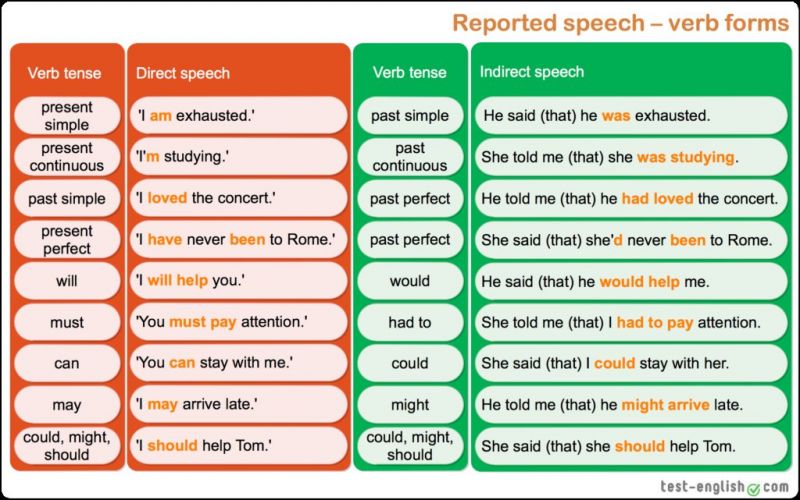
Achieving a flawless lacrosse pocket requires learning proper stringing techniques and taking a meticulous approach. Whether you’re stringing your stick from scratch or restringing a used head, mastering key skills ensures a pocket with the perfect shape, depth, hold and release every time.
First, prep the head by waxing the sidewalls and moistening the mesh to prevent fraying. Next, attach the shooting strings and sidewalls using a specific tying method like the traditional triple-triple lock stringing knot. This interlocks the strings tightly while allowing adjustments. Apply consistent tension when stringing to maintain pocket structure. Work from the bottom of the head upward and use a wooden restringer for optimal string alignment.
When threading the mesh diamonds onto the sidewalls, be sure to skip the accurate number of holes between knots for the appropriate pocket style. Use a drop-lock or knotless tie to secure the mesh tightly. Pull each row taut as you move up the head. Use a row-by-row stringing approach and straight sidewalls for optimal consistency in pocket shape.
Additionally, pay close attention to the diamond orientation, such as alternating rightside-up and upside-down. This impacts pocket depth and ball control. Maintain symmetry across both sides. Finally, weave shooting strings in a consistent pattern and apply even tension. Optionally, lace nylon mesh across the scoop for extra hold and increased ball retention.
Patience and precision with stringing techniques prevents flaws that could hinder your lacrosse game. Over time, you’ll develop muscle memory for expert-level stringing skills. Seek guidance from experienced stringers at lacrosse retailers and watch online tutorials. With practice and the right techniques, you’ll be able to restring your head in under an hour for long-lasting, high-performing pockets.
Experiment with Different Shooting String Setups
- Attackmen: Often prefer deeper pockets for enhanced ball retention when dodging defenders
- Midfielders: May opt for shallower pockets to facilitate quick passes and shots on the run
- Defenders: Typically benefit from medium-depth pockets, balancing checking effectiveness with solid clearing passes
How does pocket depth affect ball control? A deeper pocket provides more hold and control, allowing players to maintain possession during aggressive maneuvers. Conversely, a shallower pocket enables faster release and improved accuracy for quick-paced play.
Channel Shape and Its Impact
The channel, formed by sidewall stringing and shooting strings, plays a vital role in fine-tuning ball release. Channel characteristics include:
- Width: A wider channel offers more ball control and hold
- Shape: U or V shapes provide different release points and ball paths
- Straightness: A straighter channel typically results in faster, more direct shots
How does channel shape influence passing and shooting? Midfielders often benefit from a wider, U-shaped channel for improved accuracy on long passes. Attackmen might prefer a narrower, straighter channel for quicker release on shots.
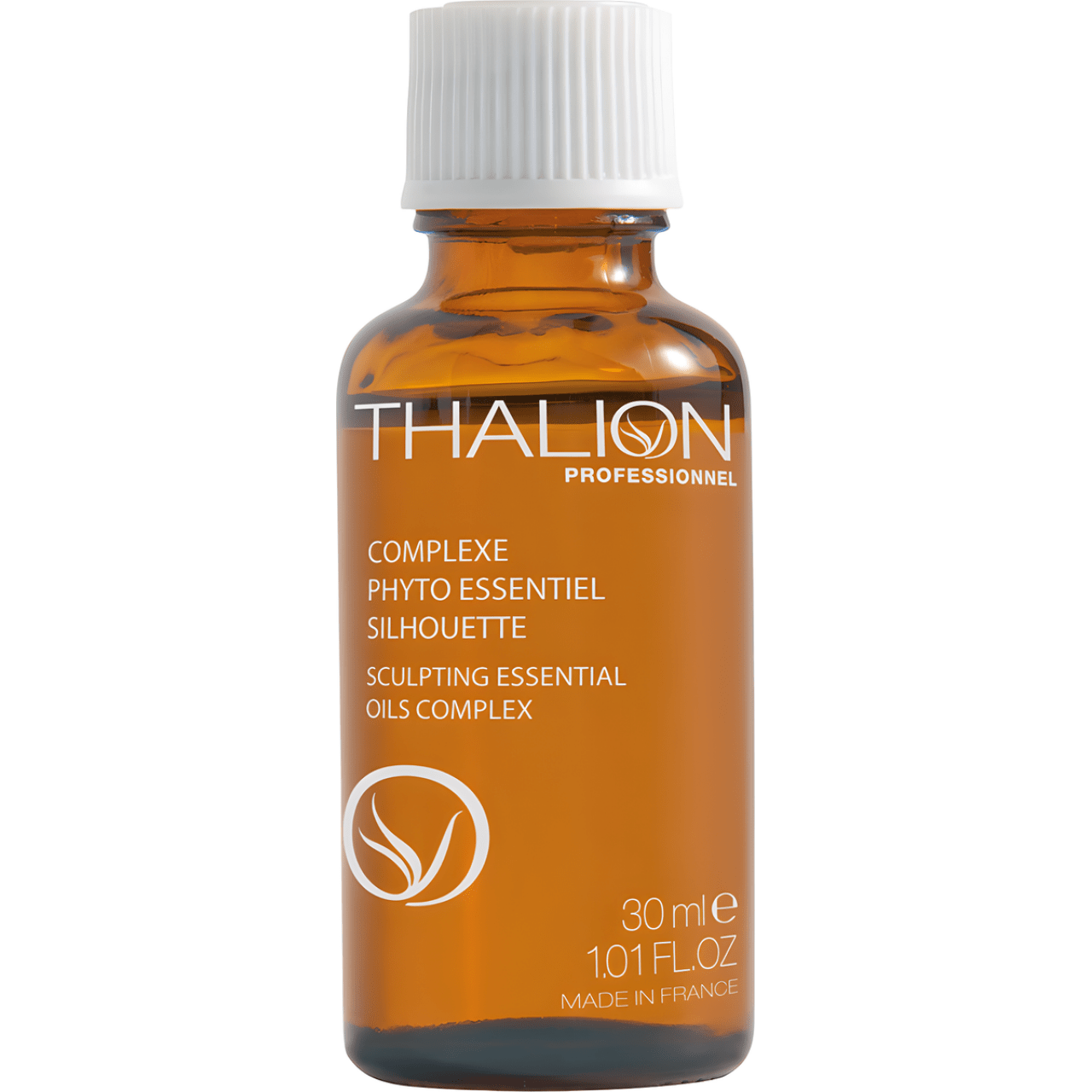
Essential Stringing Materials for Optimal Lacrosse Performance
Selecting high-quality stringing materials is crucial for creating a consistent and high-performing lacrosse pocket. Let’s explore the key components:
Mesh Selection
East Coast Dyes (ECD) Hero Mesh is a popular choice among top players. It offers a range of options to suit various playing styles:
- 10 diamond soft mesh: Provides superior ball control
- 3 diamond stiff mesh: Offers increased whip for powerful shots
How does mesh type affect pocket performance? Softer mesh generally provides more feel and control, while stiffer mesh offers a faster release and increased shot power.
Shooting Strings
Shooting strings play a crucial role in fine-tuning ball release and accuracy. Options include:
- ECD Power Shooter: Enhances ball speed and accuracy
- Polyethylene wax-coated laces: Ideal for a “ghosted” feel
- Nylon: Offers a balance of durability and release
- Rubber bands: Provides maximum velocity
How do different shooting string materials impact shot characteristics? Wax-coated laces offer a smooth release, while rubber bands can dramatically increase shot speed. Nylon strings provide a middle ground, offering both control and velocity.

Sidewall Materials
Sidewall strings influence pocket shape, hold, and channel width. Popular options include:
- 22-gauge nylon string: Durable and versatile
- Leather lace: Offers a traditional feel and unique pocket characteristics
- Stretch mesh tape: Provides additional hold and pocket customization
How do sidewall materials affect pocket performance? Nylon strings offer consistency and durability, while leather laces can create a softer feel. Stretch mesh tape allows for fine-tuning of pocket depth and hold.
Mastering Proper Lacrosse Stringing Techniques
Achieving a consistently high-performing lacrosse pocket requires mastering proper stringing techniques. Let’s explore the key steps and considerations:
Preparation and Initial Setup
- Wax the sidewalls to prevent fraying
- Moisten the mesh for easier manipulation
- Attach shooting strings and sidewalls using a secure knot (e.g., triple-triple lock stringing knot)
Why is proper preparation important in lacrosse stringing? Preparing the materials helps prevent damage during the stringing process and ensures a more durable final product.

Stringing Technique and Pattern
Follow these steps for consistent pocket creation:
- Start from the bottom of the head and work upward
- Use a wooden restringer for optimal string alignment
- Apply consistent tension throughout the stringing process
- Skip the appropriate number of sidewall holes between knots for desired pocket style
- Secure mesh tightly using drop-lock or knotless ties
- Pull each row taut as you progress up the head
How does consistent tension affect pocket performance? Maintaining even tension throughout the stringing process ensures a uniform pocket shape and consistent ball release.
Fine-Tuning Your Lacrosse Pocket for Optimal Performance
Once you’ve strung your lacrosse head, fine-tuning is essential to achieve peak performance. Consider the following adjustments:
Pocket Depth Adjustment
Adjust pocket depth by:
- Tightening or loosening sidewall knots
- Adjusting the placement of shooting strings
- Manipulating the mesh tension
How does pocket depth affect ball control and release? A deeper pocket provides more hold but can slow release, while a shallower pocket offers quicker release but less control.
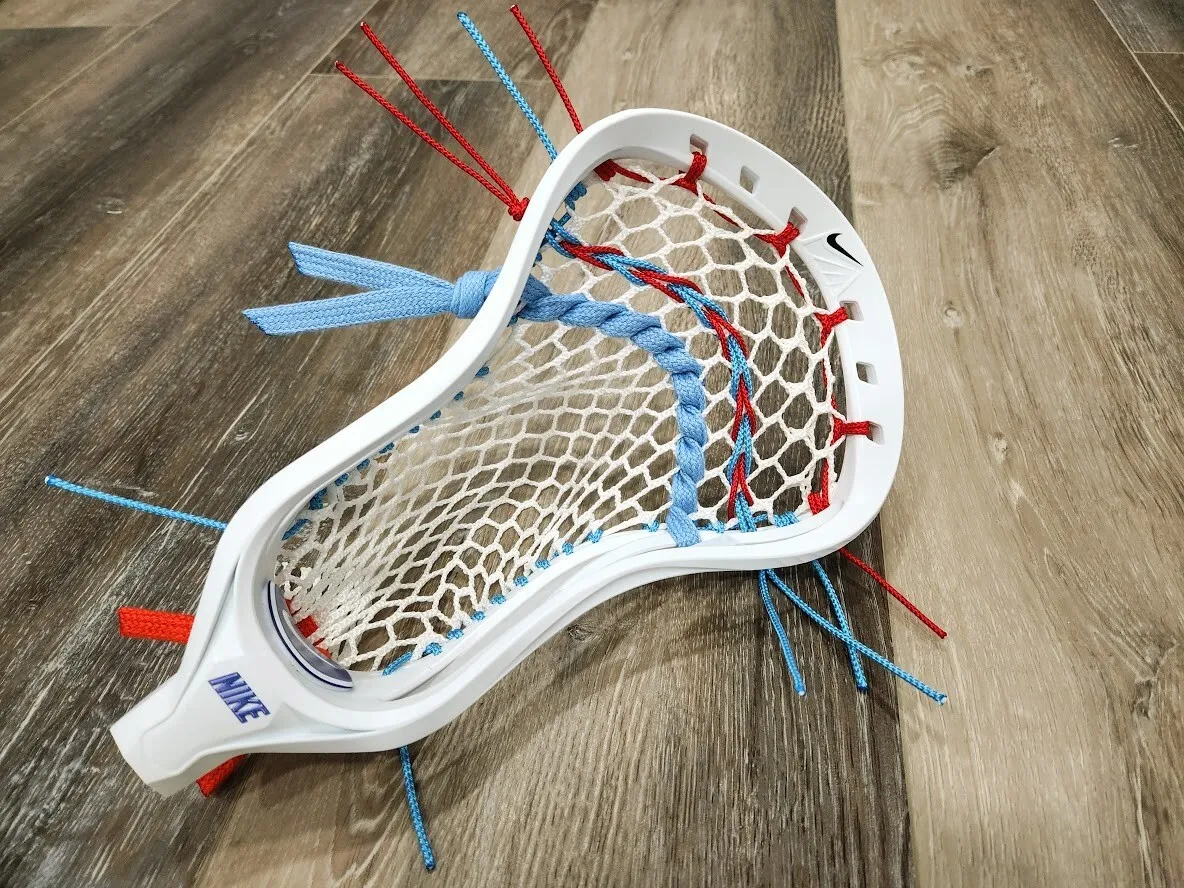
Channel Width and Shape
Modify channel characteristics by:
- Adjusting sidewall string tension
- Changing the pattern of sidewall knots
- Altering shooting string placement and tension
How does channel width impact throwing accuracy? A wider channel typically provides more control and consistency, while a narrower channel can increase shot velocity.
Shooting String Configuration
Experiment with shooting string setup:
- Adjust the number of shooting strings
- Modify string tension and angle
- Try different materials for varied release characteristics
How do shooting strings affect ball release and spin? Tighter shooting strings can increase whip and shot power, while looser strings often provide a smoother release.
Customizing Lacrosse Pockets for Specific Positions
Different lacrosse positions require unique pocket characteristics to maximize performance. Let’s explore position-specific customizations:
Attack Position Pocket Customization
Attackmen typically benefit from:

- Deeper pockets for enhanced ball retention
- Narrower channels for quick, accurate shots
- Mid to high pocket placement for versatile ball control
Why do attackmen prefer deeper pockets? Deeper pockets allow for better ball security when dodging defenders and executing quick stick skills.
Midfield Position Pocket Customization
Midfielders often prefer:
- Medium-depth pockets for balance between control and quick release
- Wider channels for improved passing accuracy
- Mid pocket placement for versatility in both offense and defense
How does a wider channel benefit midfielders? A wider channel provides more control and accuracy for long passes and shots on the run.
Defense Position Pocket Customization
Defenders typically benefit from:
- Medium to shallow pockets for quick checks and clears
- Wider channels for improved ball control during clears
- Lower pocket placement for easier ground ball pickups
Why do defenders often use shallower pockets? Shallower pockets allow for quicker release on clearing passes and more effective stick checks.

Maintaining Your Lacrosse Pocket for Consistent Performance
Proper maintenance is crucial for maintaining optimal pocket performance over time. Consider the following maintenance practices:
Regular Pocket Inspection
Perform routine checks:
- Examine sidewall strings for fraying or looseness
- Inspect mesh for wear or damage
- Check shooting string tension and placement
How often should you inspect your lacrosse pocket? It’s recommended to inspect your pocket before each practice or game to ensure consistent performance.
Pocket Breaking-In Techniques
Properly break in a new pocket:
- Wall ball practice to soften mesh and form pocket
- Gradual adjustment of sidewall and shooting string tension
- Use of pocket-forming tools or techniques (e.g., wooden ball, pocket pounder)
Why is breaking in a lacrosse pocket important? A well-broken-in pocket provides consistent performance and reduces the likelihood of unexpected changes during gameplay.
Weather Considerations
Adapt to different weather conditions:

- Use water-resistant mesh in wet conditions
- Adjust pocket depth and channel width for humidity changes
- Consider using wax or silicone treatments to maintain pocket shape
How does weather affect lacrosse pocket performance? Moisture can cause mesh to stretch and sidewall strings to loosen, potentially altering pocket characteristics.
Exploring Advanced Stringing Patterns for Enhanced Performance
Advanced stringing patterns can provide unique pocket characteristics and performance benefits. Let’s examine some popular techniques:
Traditional Stringing
Traditional stringing offers:
- Excellent ball feel and control
- Highly customizable pocket shape
- Classic look and performance
Why do some players prefer traditional stringing? Traditional pockets often provide a softer feel and more precise ball control, especially for skilled players.
Mesh-Traditional Hybrid
Hybrid stringing combines:
- Consistency of mesh
- Enhanced feel of traditional stringing
- Unique pocket characteristics
How does a hybrid pocket differ from pure mesh or traditional? Hybrid pockets aim to blend the consistency of mesh with the superior feel and hold of traditional stringing.
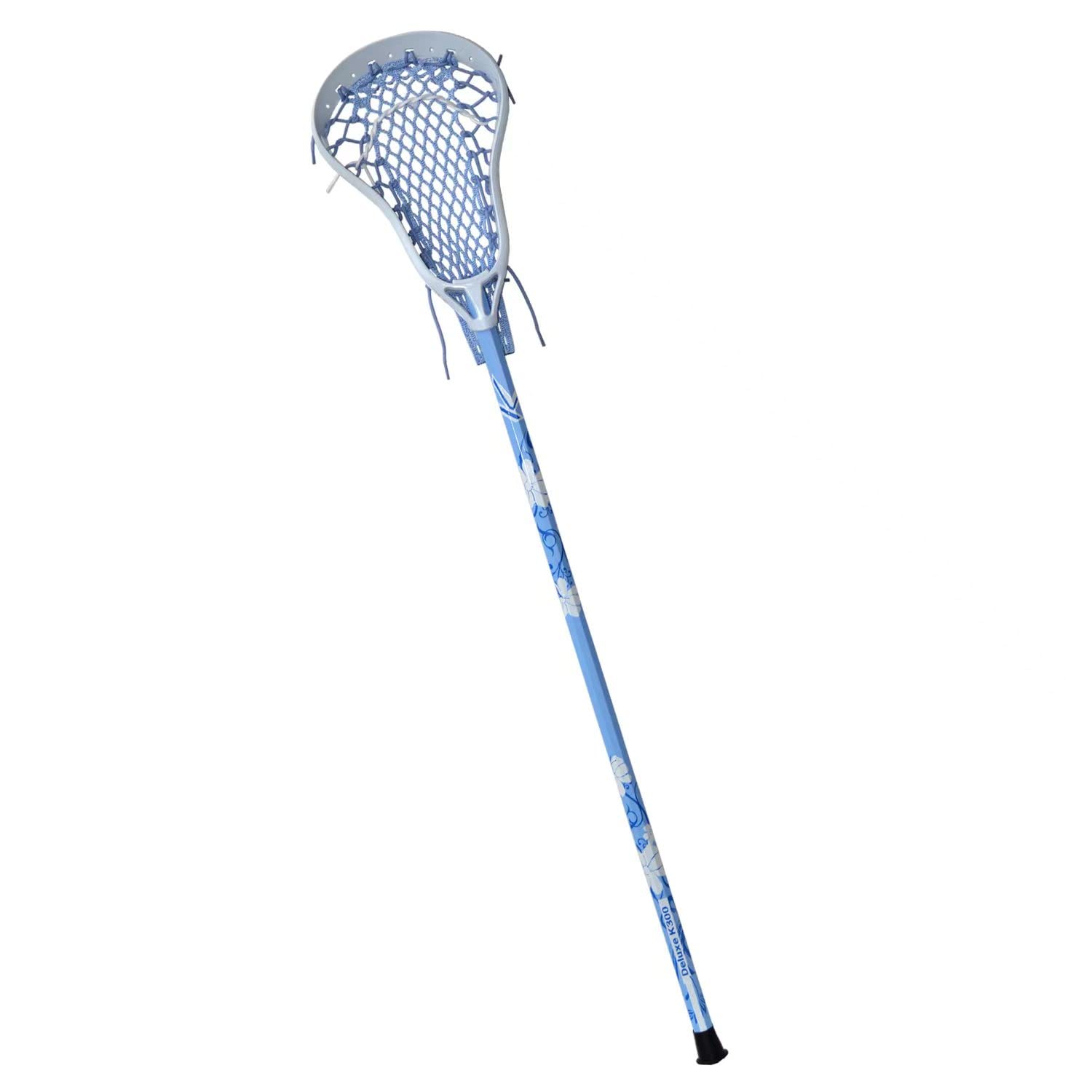
Pita Pocket
The pita pocket style features:
- Unique sidewall stringing pattern
- Enhanced ball retention
- Distinct channel shape
What advantages does a pita pocket offer? Pita pockets often provide excellent hold and a smooth release, making them popular among attackmen and offensive midfielders.
By mastering these essential ECD stringing tips and techniques, lacrosse players can optimize their pocket performance and elevate their game to new heights. Remember to experiment with different configurations to find the perfect setup for your playing style and position.
Choose the Right Pocket and Channel for Your Playing Style
When stringing your lacrosse head, one of the most important considerations is choosing the right pocket and channel setup for your playing style and position. The pocket shape and depth significantly impact how the ball releases, as well as ball control and handling. Attackmen, for example, often prefer a deeper pocket for superior ball retention when dodging and ducking defenders. Midfielders, however, may opt for a shallower pocket to enable quicker passes and shots on the run. On defense, a medium pocket tends to work well for checking effectiveness while still allowing solid clear passes.
In addition to pocket depth, the sidewall stringing and shooting strings create the channel that fine-tunes the ball release. A wider channel with a U or V shape gives you more control over the ball and provides a bit of a hold. This allows middies more accuracy and touch on their passes up the field. Meanwhile, attackmen tend to like a straighter, more narrow channel for a faster, more direct shot on cage. The angle and placement of shooting strings also affects the ball’s exit speed and angle. Test out different pocket and channel shapes during stringing to find the ideal setup for your position and playing style.
Factors like your stick specs, head width, mesh pattern, and sidewall materials also impact the optimal pocket and channel for your game. Consulting lacrosse specialists at retailers like East Coast Dyes can help you determine the best stringing configuration for your needs. With the right pocket and channel tuned to your style of play, you’ll gain consistency catching, throwing, and shooting for lacrosse excellence. Dial in the ideal setup through careful stringing experimentation.
Get the Proper Stringing Materials – Hero Mesh, Shooting Strings, Sidewalls

When undertaking a lacrosse stringing project, it’s essential to use high-quality stringing materials that match your playing style and head specs. Top players trust East Coast Dyes Hero Mesh for consistent pockets with the perfect combination of hold, release, and durability. Hero Mesh comes in a range of diamond sizes, from a 10 diamond soft mesh for superior ball control to a 3 diamond stiff option for insane whip on shots.
ECD also offers pro-quality shooting strings like Power Shooter, which increases ball speed and accuracy. For customizable shooters, you can choose materials like polyethylene wax-coated laces for ghosting ability, nylon for a blend of durability and release, or rubber bands for insane velocity. Don’t forget sidewalls – they impact pocket shape, hold, and channel width. Popular options include 22-gauge nylon string, leather lace, and stretch mesh tape. Consider factors like thickness, stiffness, and materials like nylon vs. polyester.
When buying stringing supplies, consult with experts at retailers like ECD to ensure you get equipment tailored to your preferred pocket style, stiffness, and release. Bring your stick specs and describe how you want the ball to come out. They can then recommend the ideal mesh, shooting strings, and sidewalls to match your needs. Investing in quality materials guarantees consistent stringing results so you can focus on developing your game.
In addition to buying separate mesh, shooters, and sidewalls, ECD’s pre-assembled Hero Kits provide all the essentials in one convenient package. Each kit matches your stick specs and contains an ECM mesh piece, premier nylon shooting strings, 22 gauge nylon sidewalls, a wooden restringer, and an ECD sticker. With the right high-performance materials, you’ll craft a pocket dialed in for your ultimate lacrosse success.
Learn Proper Stringing Techniques for Consistent Pockets

Achieving a flawless lacrosse pocket requires learning proper stringing techniques and taking a meticulous approach. Whether you’re stringing your stick from scratch or restringing a used head, mastering key skills ensures a pocket with the perfect shape, depth, hold and release every time.
First, prep the head by waxing the sidewalls and moistening the mesh to prevent fraying. Next, attach the shooting strings and sidewalls using a specific tying method like the traditional triple-triple lock stringing knot. This interlocks the strings tightly while allowing adjustments. Apply consistent tension when stringing to maintain pocket structure. Work from the bottom of the head upward and use a wooden restringer for optimal string alignment.
When threading the mesh diamonds onto the sidewalls, be sure to skip the accurate number of holes between knots for the appropriate pocket style. Use a drop-lock or knotless tie to secure the mesh tightly. Pull each row taut as you move up the head. Use a row-by-row stringing approach and straight sidewalls for optimal consistency in pocket shape.
Additionally, pay close attention to the diamond orientation, such as alternating rightside-up and upside-down. This impacts pocket depth and ball control. Maintain symmetry across both sides. Finally, weave shooting strings in a consistent pattern and apply even tension. Optionally, lace nylon mesh across the scoop for extra hold and increased ball retention.
Patience and precision with stringing techniques prevents flaws that could hinder your lacrosse game. Over time, you’ll develop muscle memory for expert-level stringing skills. Seek guidance from experienced stringers at lacrosse retailers and watch online tutorials. With practice and the right techniques, you’ll be able to restring your head in under an hour for long-lasting, high-performing pockets.
Experiment with Different Shooting String Setups
One of the most customizable parts of lacrosse stringing is the shooting strings. The placement, pattern, tension, and materials used for shooting strings allow for endless tuning to achieve your ideal ball release. Spending time experimenting with different shooting string variables is key to dialing in a pocket optimized for your playing style.
Start by testing different shooting string materials like wax-coated laces, nylon, polyethylene, or rubber bands. The thickness, stiffness, and friction of materials affects ball speed, hold, and accuracy. You can also play with combining different types, like putting a nylon shooter along the outside edges and a softer polyethylene string in the middle pockets. Next, adjust the shooting string pattern by trying straight across versus a v-shape, a triple shooter with two side strings, or a diamond lattice style.
Additionally, tweak the shooting string placement up or down in the head and the angle at which they cross the pocket. A lower position often increases whip while a higher placement enhances control. For your setup, determine the optimal angle that provides precision while still enabling a fast release. Pay attention to the tension you apply when threading shooters as this fine-tunes channel shape. Test tighter and looser stringing to find your preference.
It’s wise to do a full restringing when testing different shooting string variables rather than just modifying your current setup. This allows you to truly see how each configuration performs. Take notes on what you liked and didn’t with each pocket style as you dial in your ideal shooting strings. If possible, try out sticks from lacrosse shops with various preset shooter options. Experimenting with shooting strings ensures you craft a pocket allowing peak lacrosse performance.
Tune Pocket Depth and Shape for Optimal Ball Control
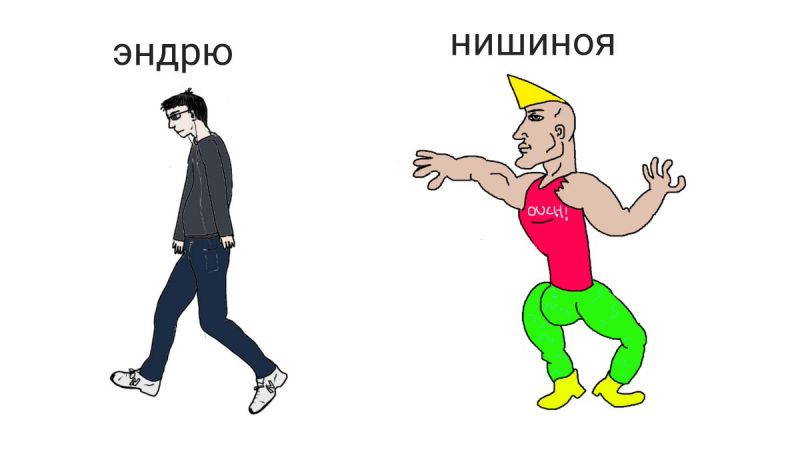
One of the keys to lacrosse excellence is having optimal ball control. The pocket depth and shape on your strung head significantly impacts how easily you can catch, cradle and direct the ball where you want. Taking the time to tune your pocket by customizing depth and contour is crucial.
Start by evaluating your current pocket. Does the ball sit too deeply and make quick release passes or shots challenging? Or is the pocket too shallow, causing the ball to roll out? Next, adjust the pocket depth by modifying diamond row spacing when restringing. Tighter row spacing pulls the mesh diamonds together for a deeper pocket, while wider spacing creates a shallower shape.
You can also control pocket depth by alternating mesh diamond orientation as you string. Flipping each row upside down nests the diamonds together more tightly. Additionally, interlocking mesh diamonds rather than stringing row-by-row allows for max depth. If needed, add more mesh diamonds or a nylon ball-stop piece to deepen a too-shallow pocket.
For optimal ball control, aim for a medium pocket depth that cradles the ball securely without excess depth to hinder throws and shots. Beyond depth, tweak the sidewall tension and shooting strings to create the ideal pocket shape. A rounded pocket shape often performs better by centralizing the ball in the pocket’s sweet spot.
Testing incremental pocket adjustments, you can achieve excellent directional control as well as the quick release needed for today’s faster lacrosse game. With the correctly shaped and calibrated pocket, you’ll play with confidence knowing the ball will go exactly where you want on every pass, catch, and shot.
Find Your Ideal Whip/Hold Balance for Quick Releases
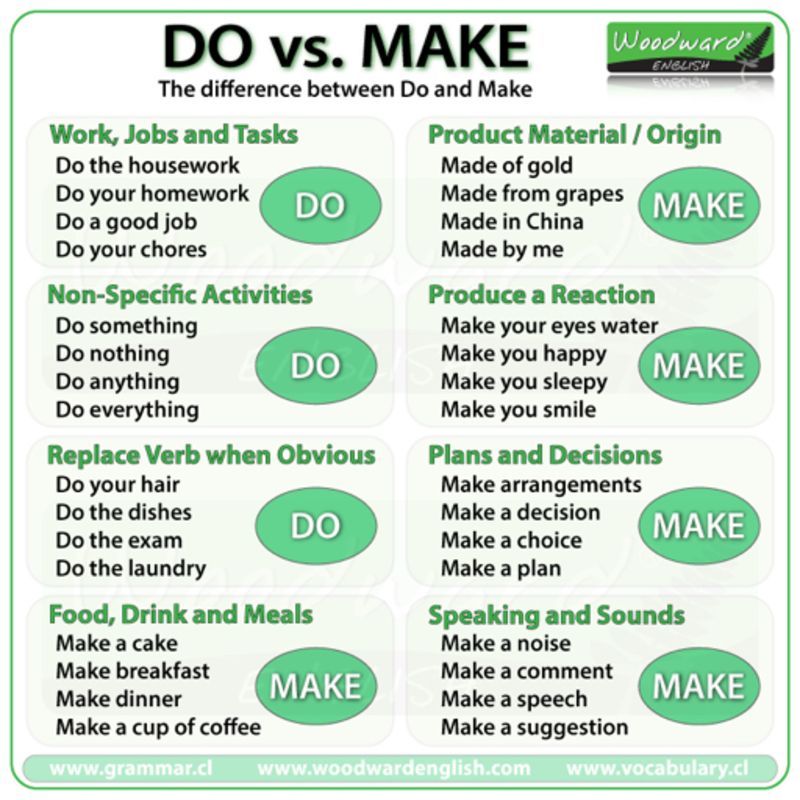
One of the perpetual challenges in lacrosse stringing is balancing whip and hold. The whip of the head and pocket affects ball velocity on shots, while hold keeps the ball securely controlled. Optimizing both factors allows for quick, accurate releases critical for today’s faster game.
The key variables impacting whip and hold include pocket depth, mesh stiffness, shooting string tension, and sidewall tightness. In general, a deeper pocket with tighter stringing provides more hold at the expense of decreased whip. Meanwhile, a shallower pocket and looser strings increase whip but can cause the ball to prematurely roll out.
Start by evaluating your current setup – does the ball release too slowly indicating insufficient whip? Or does the ball eject itself from the pocket prematurely demonstrating excessive whip? From there, make calculated adjustments to pocket depth, mesh, and stringing to achieve improved balance.
For example, going from a soft to a medium stiffness mesh often enhances both hold and whip. Loosening the shooters a bit can boost whip while still maintaining hold if the pocket has extra depth. Widening diamond top spacing also quickens release. Work incrementally and test regularly until finding your ideal blend of both elements.
In addition, match the whip/hold balance to your playing style and position. For example, attackmen may favor more hold and midfielders more whip. Consulting lacrosse specialists like the experts at East Coast Dyes provides guidance on optimizing this critical tuning for your needs.
Adjust Sidewall Tension for Increased Power and Accuracy
The tension applied to the sidewall strings when stringing the lacrosse head plays a major role in shot power and accuracy. Taking the time to test and adjust sidewall tightness enables significant improvements to your game.
Looser sidewalls allow the head to flex more, increasing whip for faster shots. But this can come at the expense of accuracy and ball control. Overly tight sidewalls limit head flex, decreasing velocity. However, accuracy often improves given the added structure and consistency of a stiff head and pocket.
Start by evaluating your current setup – are shots lacking velocity indicating sidewalls that are too tight? Or are your shots inaccurate implying your sidewalls have excessive flex? From there, make incremental adjustments when restringing to determine your ideal tension.
For example, if shots are strong but inaccurate, tighten the sidewalls slightly to reduce flex while maintaining velocity. If shots seem underpowered, loosen the sidewall stringing a bit to allow more whip without sacrificing too much control. Work in small increments, doing test shots after each adjustment. This allows you to pinpoint the optimal tightness for peak performance.
Also consider the impact of other pocket factors – deeper pockets typically pair better with tighter sidewalls while more shallow pockets benefit from increased sidewall flex. Matching the sidewall tension to the pocket style and your playing needs is key. Consult specialists at retailers like East Coast Dyes to ensure your sidewalls match your game.
Use Proper Stringing Tools to Ensure Tight Interlocks
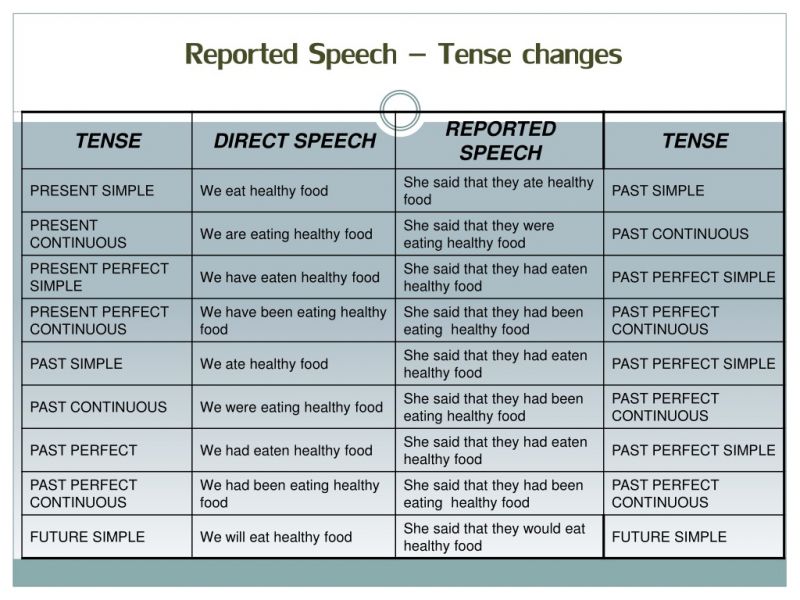
Having the right stringing tools on hand makes a significant difference in your ability to achieve a perfectly strung lacrosse head with tight, professional knotting. Investing in quality tools like restringers, needles, and knot pullers enables tight pocket construction for optimal ball control and release.
A wooden or plastic restringer slides into the head to keep the sidewalls taut and evenly spaced as you string. This allows for straight stringing rather than pockets that angle and curve. Look for a restringer customized to your exact head width. A high-end restringer with grooved channels prevents the strings from slipping during the pulling and knotting process.
Needles, like those found in most lacrosse stringing kits, help thread shooting strings and diamond lace through holes smoothly and quickly. Choose strong, specialized plastic needles that won’t bend or burr. A quality knot puller allows you to apply even tension and really cinch knots down tight. This prevents loosening over time.
Additional tools like clamps, cutsicle scissors, and electrical tape complete your stringing toolbox. Ensure tools are sharp and smooth to avoid fraying mesh and sidewalls. Having an arsenal of equipment tailored for stringing enables executing advanced techniques like triple triple sidewall knots, locknuts for mesh diamonds, and custom threaded shooting strings.
With precision tools and quality materials, you gain the capability to string pro-level pockets optimized for your game. Consult lacrosse specialists for advice on must-have stringing tools. Invest in the right gear for executing complex stringing jobs with ease and precision.
Maintain Proper Stringing Throughout Games and Practices

One of the ongoing challenges with lacrosse stringing is keeping the pocket and sidewalls properly strung throughout your season. The wear and tear of competition and practice can lead to loosening, fraying, and pocket degradation over time.
Following games or demanding field sessions, thoroughly examine your setup and make any needed repairs immediately. Look for loose or detached shooting strings, diamonds, and knots that need tightening. Replace any broken sidewall strings and re-lace any mesh with holes or unraveling. Use stringing tools like knot pullers to re-tighten knots and maintain tension.
Carry backup supplies like extra shooting strings, waxed laces, and a needle in your bag for quick fixes. Re-wax mesh regularly to minimize hardening, fraying, and waterlogging. Swap out mesh immediately if it bags out from repeated impact, stretching your diamonds. Consider bringing a wooden restringer to games to realign sidewall strings if your pocket shifts.
For more extensive pocket maintenance, keep spare pieces of mesh on hand along with stringing materials. This allows you to replace individual diamonds as needed or pieces of sidewall. Schedule periodic complete restringing at key intervals in your season to restore your preferred pocket shape and depth.
With consistent stringing upkeep, your pocket performance remains optimized all season. Consult specialists at retailers like East Coast Dyes for products that provide longevity against bagging out and wear. Invest time after each use to spot and fix small issues before they become major. Keep your strings tight for lacrosse excellence.
Replace Strings Before They Bag Out or Lose Whip
One of the keys to maintaining top lacrosse performance is replacing your pocket strings before they degrade too much. Mesh that bags out or sidewalls that stretch lead to diminished ball control and release. Swapping out materials at the first signs of issues prevents compromised play.
Closely check mesh after each use for premature bagging out. This irreversible process causes the mesh diamonds to stretch from repeated impact. Look for elongated diamond shapes, especially in the shooting strings area. Also watch for fraying, holes, or changes in ball control. Replace individual diamonds or full mesh pieces immediately at the first hints of bagging.
Monitor shooting strings and sidewalls for stretching, fraying, and loosening that reduces whip and hold. Swap out individual shooting strings that seem to have lost tension or snap. You may need to replace entire sidewall strings if you notice excessive twisting or slack. Don’t wait until strings are fully broken – degradation starts earlier.
Schedule periodic complete restringing jobs throughout your season even if strings seem intact. The subtle loss of whip and hold from use negatively impacts performance before it’s visible. Keep records of when you last replaced pocket components to determine optimal change intervals.
With the right materials and proactive replacements, your stringing stays primed for top play all season. Consult specialists at retailers like East Coast Dyes for mesh and strings that offer maximum durability against bagging out.
Choose Between Soft and Stiff Mesh for Desired Feel

When selecting mesh for lacrosse stringing, one of the key decisions is the stiffness level. Softer mesh provides superior ball control and hold but can lack whip on passes and shots. Stiffer mesh generates faster throws and shots but may provide less secure pocketing of the ball. Choosing the right option comes down to personal feel and playing style.
For midfielders who handle the ball extensively, softer mesh often works best. The increased hold helps grip ground balls and provides confidence cradling the ball upfield through traffic. A soft pocket also affords touch on short passes. However, don’t go overly soft – some stiffness still allows accurate longer passes.
Attackmen and snipers favor medium to stiff mesh for the insane whip and ball speed it provides. Hard mesh sacrifices some ball control for the ability to absolutely rip high-velocity shots. The stiffness also lends consistency to shot mechanics and accuracy. Consider pairing stiff mesh with a slightly deeper pocket to offset the decreased ball retention if needed.
Beyond position, also consider weather variables. Soft mesh pockets can waterlog in wet conditions. Stiffer mesh maintains its structure when wet for more consistent performance in rain. Testing pockets with varying mesh stiffness provides a sense for the control and release you prefer. Buy individual mesh pieces to experiment before fully restringing.
With the right mesh for your needs, you gain an ideal feel and optimized play. Talk to specialists at retailers like East Coast Dyes to dial in the best mesh type for your position and style of play.
Match Stringing to Your Stick Specs and Preferences

To achieve top performance from your lacrosse stick, it’s essential to match the stringing elements to your specific head and shaft specs. Pocket style, shooting strings, and sidewalls all work together with your overall stick design for optimized control and release.
Factors like head offset, scoop shape, width, and sidewall hole spacing impact which stringing approaches work best. Test stringing setups in heads with different designs to determine preferences. For example, a head with a gradual offset paired with a straight mid-to-high pocket may perform better for you than a dramatic offset head with a lower pocket placement.
The stiffness and shape of your shaft also affects feel on passes, catches, and shots. Trying different flex levels allows you to find your ideal pairing with a given head and pocket. An understanding of your specs helps lacrosse shops like ECD recommend products tailored for you. Bring your stick when buying mesh, shooting strings, and supplies.
Beyond gear, match stringing to your needs and playing style. Are you a defender needing max ball retention on checks and clears? Or a sniper wanting insane ball speed on shots? Communicating preferences enables proper tuning. Keep notes on what stringing aspects you like and don’t like as you test different configurations.
With pocket and sidewalls optimized for your exact stick and playing technique, you benefit from consistency and control tailored for you. Consult experts to ensure your stringing aligns with specifications.
Learn Rules on Pocket Depth to Stay Compliant
When stringing lacrosse heads, it’s important to follow the proper rules and regulations regarding maximum pocket depth. Organizations like the NCAA and NFHS require pockets to be relatively shallow to prevent ball retention that slows down play.
Specifically, pockets must be strung such that a ball placed inside rests above the lower rim of the head. This is tested by placing the ball at the midline of the head at its widest point. No mesh or sidewall stringing should hold the ball below the plane of the frame.
To stay compliant, focus stringing efforts on developing a defined mid-pocket rather than an exaggerated deep pocket. Medium diamond mesh or semi-soft options with denser row spacing work well. Limit additional ball-stop stringing at the bottom of the pocket. Instead, concentrate on forming a smooth U-shaped pocket higher in the head.
During stringing, perform ongoing depth checks using the ball placement test. Ensuring proper pocket depth not only keeps you eligible for competition, but also benefits your play. Midrange pockets grant superior control on passes and provide fast, accurate releases on shots.
If ever unsure about legality, consult referees or your coach to measure pocket depth officially. Rules may vary across leagues, so be knowledgeable about the specific guidelines that apply to you. With a little foresight during stringing, you can create compliant, high-performing pockets perfect for today’s faster game.
Get Insights from Pro Players on Their Stringing
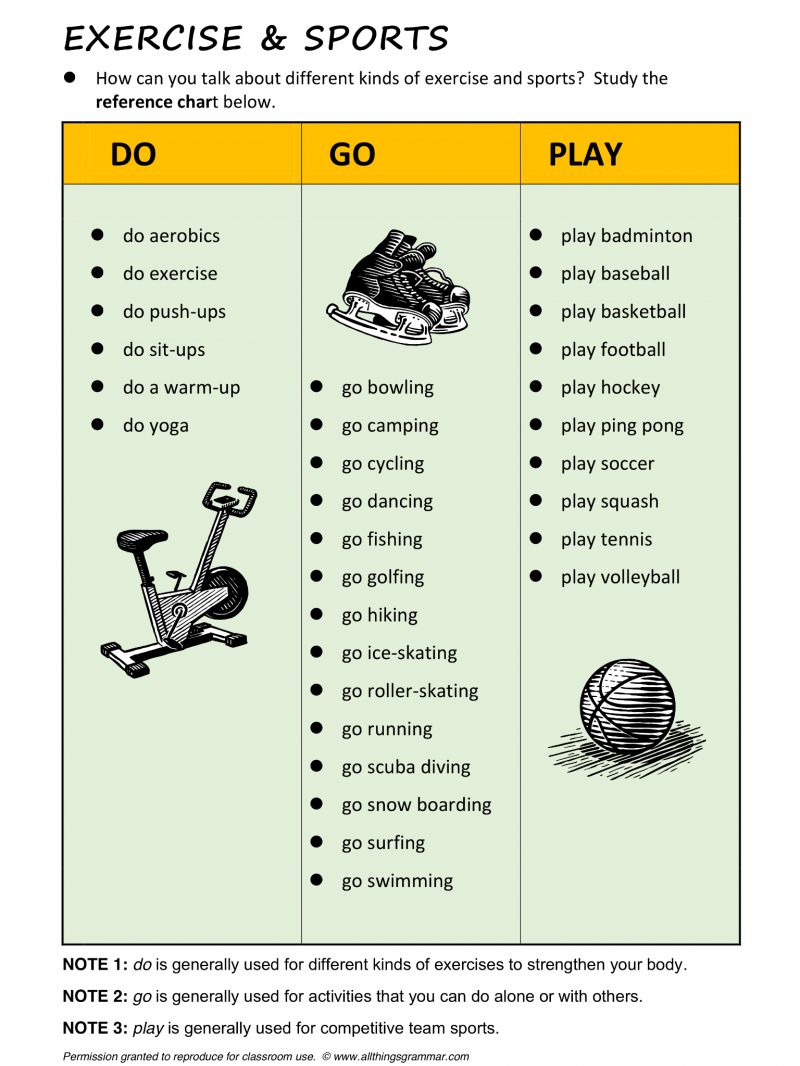
One of the best ways to learn superior lacrosse stringing techniques is to get insights directly from the pros. Professional players constantly experiment with pocket designs, shooting strings, and mesh to achieve peak performance. Learning from their experiences and innovations enables next-level skills.
Pros are often happy to share details on their current pocket setup when asked. They explain specifics like mesh types, diamond configurations, shooting string angles, and materials. Ask about recent adjustments they’ve made to increase whip, hold, or improve ball control. Knowing their stringing priorities for their position provides helpful context.
Beyond current stringing details, pros provide tips on best practices they’ve learned. Top players advise beginners to start with mid-range pocket depths and simpler shooting string patterns, then progress to more customized designs. They emphasize the importance of high-quality stringing tools and patience during the stringing process.
Professional players also describe pitfalls to avoid, such as inconsistent tension or rushing complex stringing techniques. Learn about common stringing issues that impact passing, catching, and shooting. You’ll gain perspectives beyond just high-level skills to include problem-solving insights.
Drawing from the stringing mastery of the pros gives you an advantage when developing your game. Read player profiles, watch instructional videos, and if possible, inquire directly with athletes. Apply their specialized knowledge for next-level lacrosse excellence.
Consult Experts at Lacrosse Retailers for Advice

To take your lacrosse stringing skills to the highest level, leverage the expertise of specialists at retailers. The pros at shops like East Coast Dyes offer guidance on optimal mesh, shooting strings, pocket placement, and materials to match your needs.
Detail how you use your stick – are you an attacking midfielder looking for more hold on dodges or a goalie seeking superior ball control on clears? This context allows consultants to make specific recommendations to improve your game. They can identify areas to adjust your pocket depth, stiffness, or shooting strings based on your position and style.
Reps also provide product suggestions based on your specs, such as a medium Hero Mesh or a custom pre-loaded stringing kit. With deep knowledge of all the latest gear, they recommend configurations to boost whip or hold. Consultants talk through proper stringing methodology for executing different types of knots, laces, and interlocks.
Specialty retailers also offer pro-level stringing services. Send in your stick for restringing or repair based on your needs. Custom stringing delivers a professionally optimized pocket ready for peak play. Beyond products and services, reps provide troubleshooting for chronic issues.
Tapping into expert support speeds improvement and helps avoid common mistakes. Consult lacrosse specialists early and as you advance. Quality guidance combined with practice makes achieving stringing mastery easier.